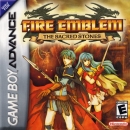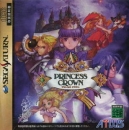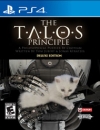I agree with Miyamoto. When I plan I game that I want to have themes or a point I don't think about cutscenes, I think about the symbolic resonance of ascending up a circular tower in a Platformer/RPG which you can make laps around, about how the gradual shift in tone from a dark scarcely populated and static tombs to the bright and energetic higher levels will make the players feel.
The way I see it there are three types of experience and art that games like to use.
Firstly:
Environment based, which Metroid and Pikmin use. Subtle clues to a more complicated story unfold as a reward for keeping your eyes and ears open to the environment you find yourself in, a tactic which is brilliantly suited for games in a way that movies cannot emulate.
Secondly:
Then there are game like Dragon Age: Origins, which are more into story telling but make interactivity between you and the characters the key to the story. - Which is good, because statistically you'll remember the characters of a game better than the plot, which is the opposite of a film. Once again a firm demonstration, though far removed, that games shouldn't emulate movies.
Thirdly:
Growth. These are games like the Legend of Zelda and Fable, which use the idea of the character growing into a champion in order to give the player a sense of power. This is also uniquely suited to gaming because it is the player who gains access to those new abilities.

































































